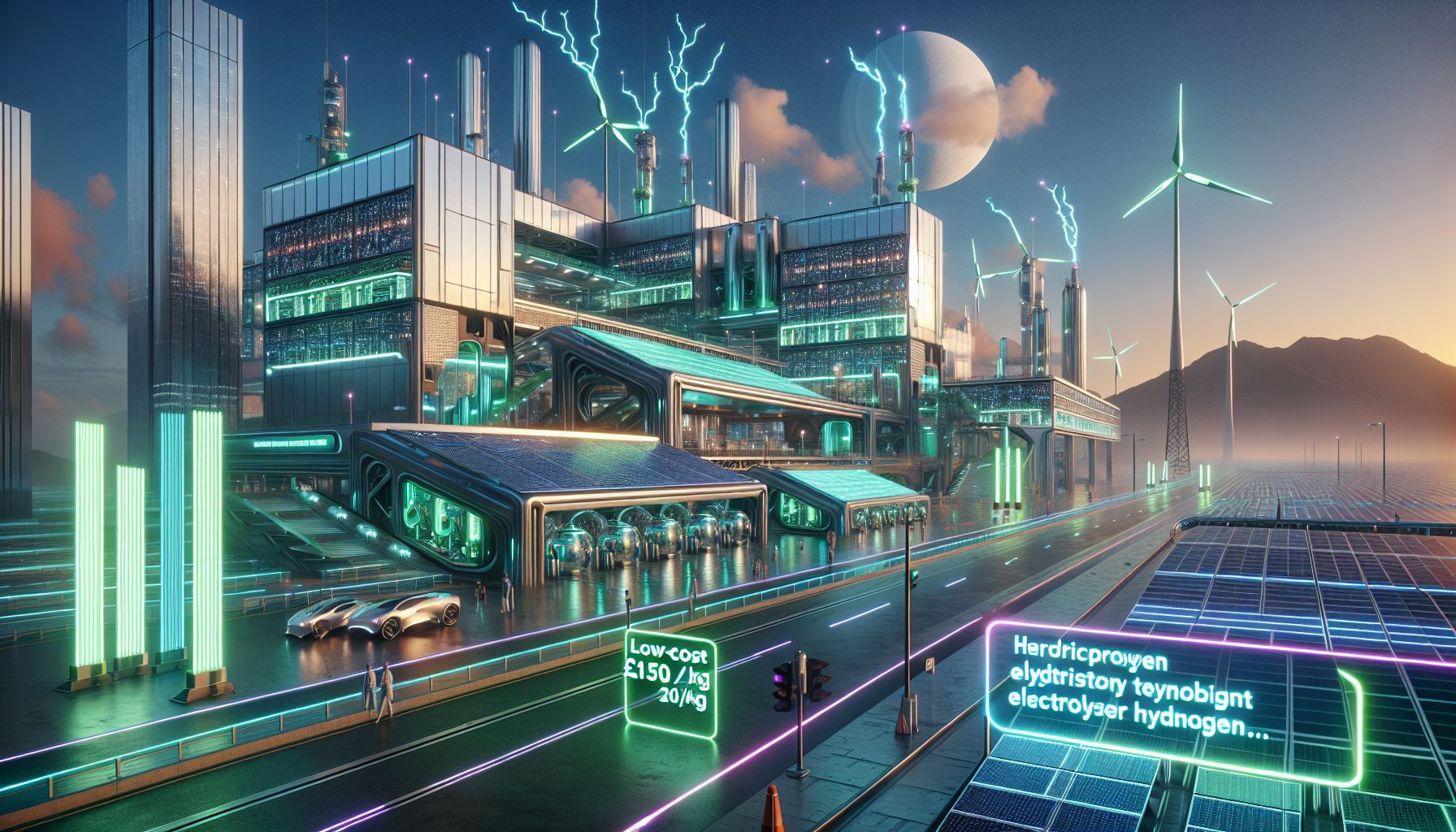The £1.50 Hydrogen Revolution: How Solar-Wind Hybrid Systems Are Reshaping Energy Costs

United Kingdom, Saturday, 23 November 2024.
I’m excited to share how the fusion of solar and wind power with advanced electrolyser technology could slash green hydrogen costs to just £1.50/kg. This breakthrough, emerging from recent UK and global research, isn’t just about numbers - it’s about making clean energy financially viable for everyone. While membrane technology represents merely 1% of production costs, the real game-changer lies in optimising electricity usage and hybrid power systems. As someone deeply immersed in energy tech, I find it fascinating how this could revolutionise everything from industrial processes to home energy storage by 2025. The most intriguing part? We’re not just theorising - real-world implementations are already showing promising results in places like Uppsala and Switzerland.
The Power of Hybrid Systems
Imagine a world where the sun and wind work together in perfect harmony to produce energy. Hybrid systems combining photovoltaic (PV) and concentrated solar power (CSP) are setting the stage for this reality. These systems are not just theoretical concepts; they’re being implemented with growing success. Recent studies highlight how these hybrid setups can significantly lower the Levelized Cost of Hydrogen (LCOH) to as little as £1.50 per kilogram, underlining the potential for widespread adoption[1].
Electricity Costs and Efficiency
Electricity costs are the elephant in the room when it comes to hydrogen production. W.L. Gore & Associates are at the forefront, focusing on reducing these costs through advanced membrane technology. Their research suggests that by enhancing membrane efficiency, the LCOH can be reduced by 22-24 cents. These savings are crucial, given that electricity expenses are the primary driver for high LCOH[2].
Real-World Success Stories
In Uppsala, Sweden, and Dietikon, Switzerland, real-world applications are already proving the viability of these technologies. Uppsala’s biogas plant, for instance, operates with renewable energy inputs, highlighting the integration of solar and wind systems. This approach not only reduces costs but also ensures a sustainable energy supply, crucial for future city planning and industrial applications[3].
Challenges and Future Outlook
While the potential is enormous, challenges remain. The efficiency of energy conversion and the durability of electrolysers over decades are key hurdles. Maintaining efficiency over a 20-year lifespan involves predicting and managing degradation rates. However, with ongoing research and technological advancements, these challenges are being systematically addressed. The future looks bright, and by 2025, we could see a significant shift in how we perceive and utilize hydrogen as an energy source[4].
A Personal Perspective
As someone who’s seen the evolution of renewable technologies, this shift towards cost-effective hydrogen feels like witnessing history in the making. It’s not just about reducing costs but about paving the way for a cleaner, more sustainable world. The journey towards £1.50 hydrogen is not just an industrial transformation but a societal one, promising cleaner air, reduced carbon footprints, and a new era of energy independence. I can’t wait to see where this path leads us!